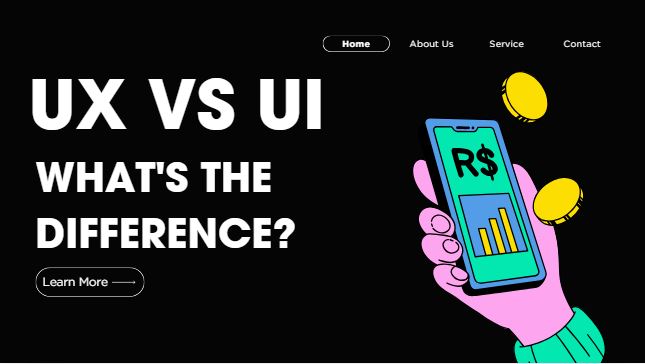India is a land of many cultures, castes, and languages. For centuries Indian has been the home to varied ethnic groups such as Pre-Dravidian, Dravidian, Indo-Aryan, Turko-Iranian, Scytho-Dravidian, Arya- Dravidian, Mongoloid, and Mongoloid-Dravidian.
Even today, the 138 crores Indian population is divided into various cultures, castes, and ethnicities. All these cultural varieties bring about different opinions, beliefs, and points of view on the table.
From an organizational perspective, the inclusivity of all the diverse cultures and a balanced gender representation equals increased profitability and less risk.
A study by McKinsey states that an organization having people of different ethnicities and a good representation of women in the management directly translates into a large profit share as reflected in the EBIT. Inclusive firms tend to benefit more than those which prefer homogeneous management taking all the decisions.
Considering only one component of gender, let’s take a look at the profitability of the firm. A McKinsey survey suggested that women in executive positions help the firm outperform its contemporary by 21% in profitability. This is because research has found that women tend to bring a more sensitive, inclusive, and balanced perspective. Women in authoritative roles not only help increase profitability but also reduce the risks.
Similarly, having an ethnically diverse workforce helps the company understand the beliefs, mindset, cultural influence, and preferences of the diverse audience it caters to. The sales & marketing team benefits in terms of pitching, branding, and positioning the product to different ethnicities due to the insights of the people belonging to that ethnicity.
It also aids the organization by helping connect with minority groups and explore an untapped market.
According to a McKinsey report, the impact on the financials of the organization was 35% above the average national industry median if the company has ethnic diversity, representing different cultures and minorities.
In both cases, it can be seen that diversity represents a positive impact on the financial performance of the company.
The Human Resource manager of any organization should understand and foresee the long-term, sustainable impacts on the finances of the company by having a culturally, ethnically diverse, and gender-balanced workforce.
However, there is a gap between the long-term benefits and understanding the problem and filling the gap.
This gap leads us to a solution in the form of having the appropriate knowledge of the industry issues and practical solutions to address the same.
Thus, a good PG program in Human Resource Management is one that focuses on the current industry trends, and the needs of the market and provides practical solutions. This will help create HR professionals who are aware of the changing workforce, and changing needs of the industry and can apply the knowledge in daily scenarios.
MIT School of Distance Education offers a Postgraduate (Executive) Diploma in Human Resource Management for those working HR professionals looking to upgrade their careers and stay relevant to the changing work dynamics.
(Sources – Times of India, McKinsey)


